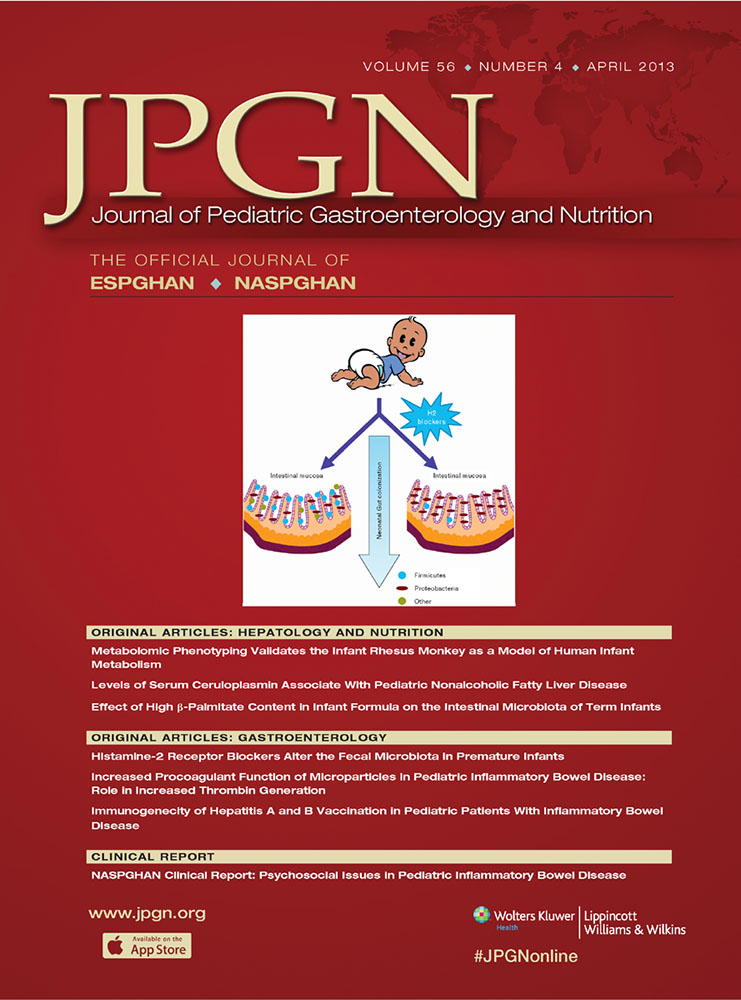Metabolomic Phenotyping Validates the Infant Rhesus Monkey as a Model of Human Infant Metabolism
This research was supported by Fonterra Ingredients Innovation, Fonterra Co-operative Group, Palmerston North, New Zealand. N.W.H. is an employee of Fonterra Ingredients Innovation. Rhesus macaque milk sample collection supported by NSF BCS-0921978 to K.H.
Supplemental digital content is available for this article. Direct URL citations appear in the printed text and are provided in the HTML and PDF versions of this article on the journal's Website (www.jpgn.org).
The authors report no conflicts of interest.
ABSTRACT
Objectives:
Rhesus macaque monkeys are widely used as models for human physiology and behavior. They are particularly suited for studies on infant nutrition and metabolism; however, few studies have directly compared their metabolic or microbiological phenotypes. The aim of the present study was to compare the metabolomic profiles and microbiome of milk from human and rhesus mothers, and the metabolomic profiles of urine and serum from human and rhesus infants to establish the value of this model for human nutrition research.
Methods:
Milk samples were collected from rhesus and human mothers at similar stages of lactation. Urine and serum samples were collected from breast-fed rhesus and human infants. 1H nuclear magnetic resonance spectra were acquired for all samples and metabolites were identified and quantified using targeted profiling techniques. The microbial community structure of milk was examined using 16S rRNA gene sequencing.
Results:
An identical set of metabolites was identified in the urine and serum profiles from human and rhesus infants. In urine, 65% of the metabolites were present at similar concentrations, whereas ∼40% were similar in serum. The gross composition of human and rhesus milk was comparable, including the overall microbial community at both the phylum and order level; however, some oligosaccharides found in human milk were not present in monkey milk.
Conclusions:
Comparison of the milk microbiome and urine, serum, and milk metabolome of rhesus macaques and humans has revealed substantial similarities that provide unique biological information highlighting the significance of rhesus macaques as a model for infant nutrition and developmental research.




